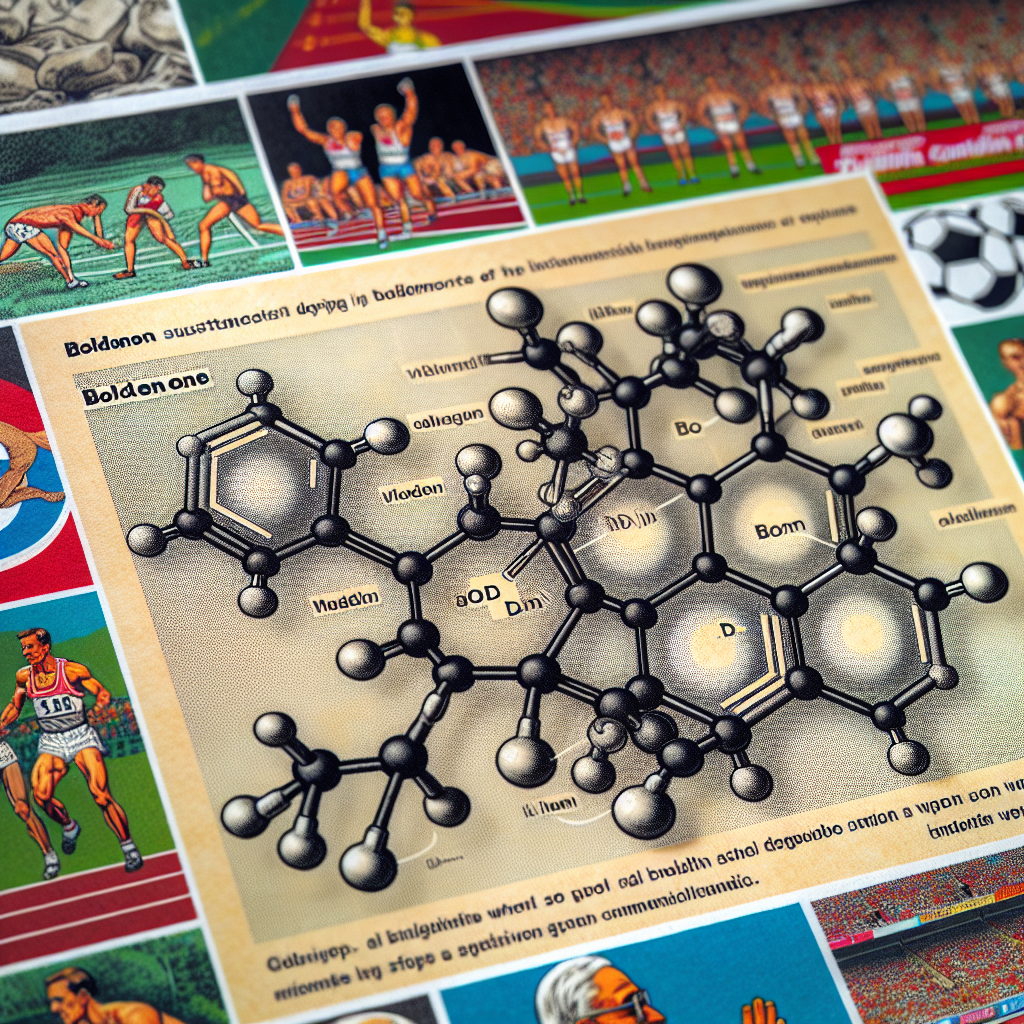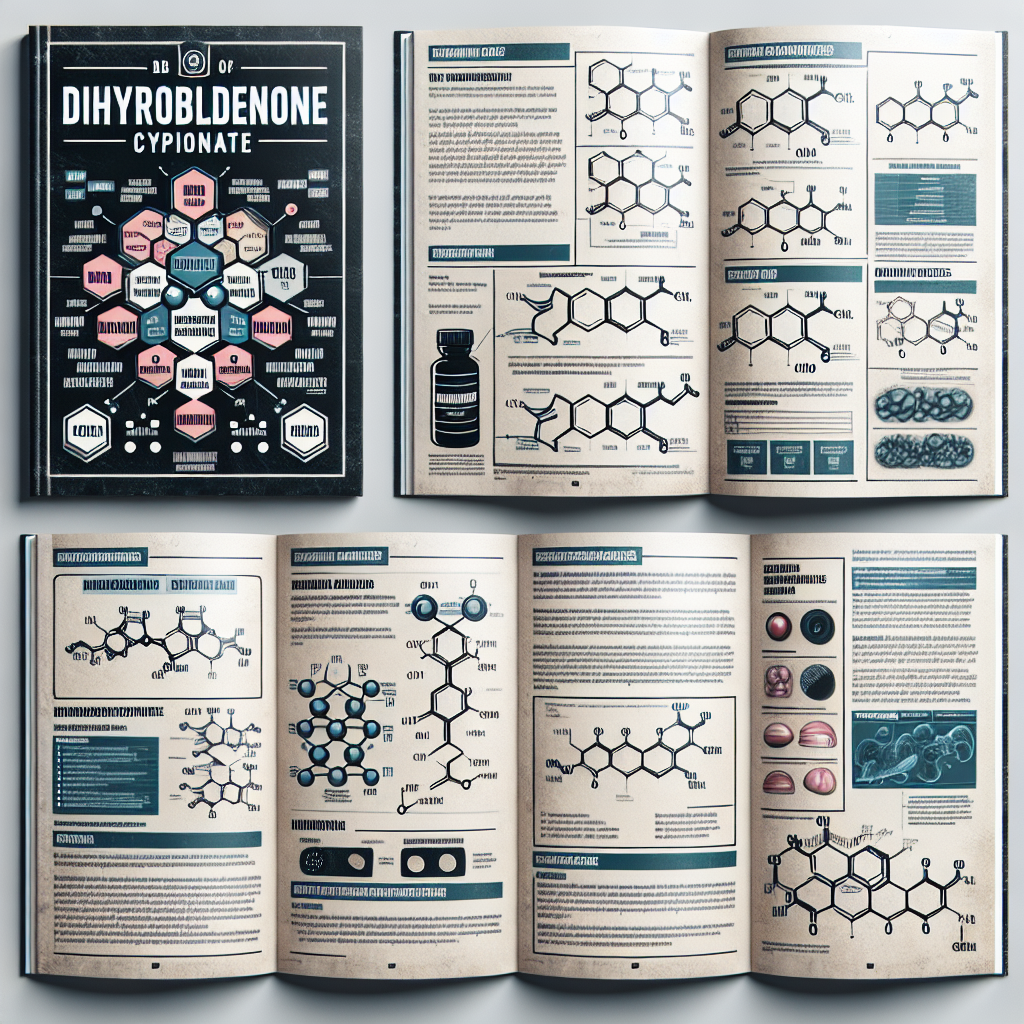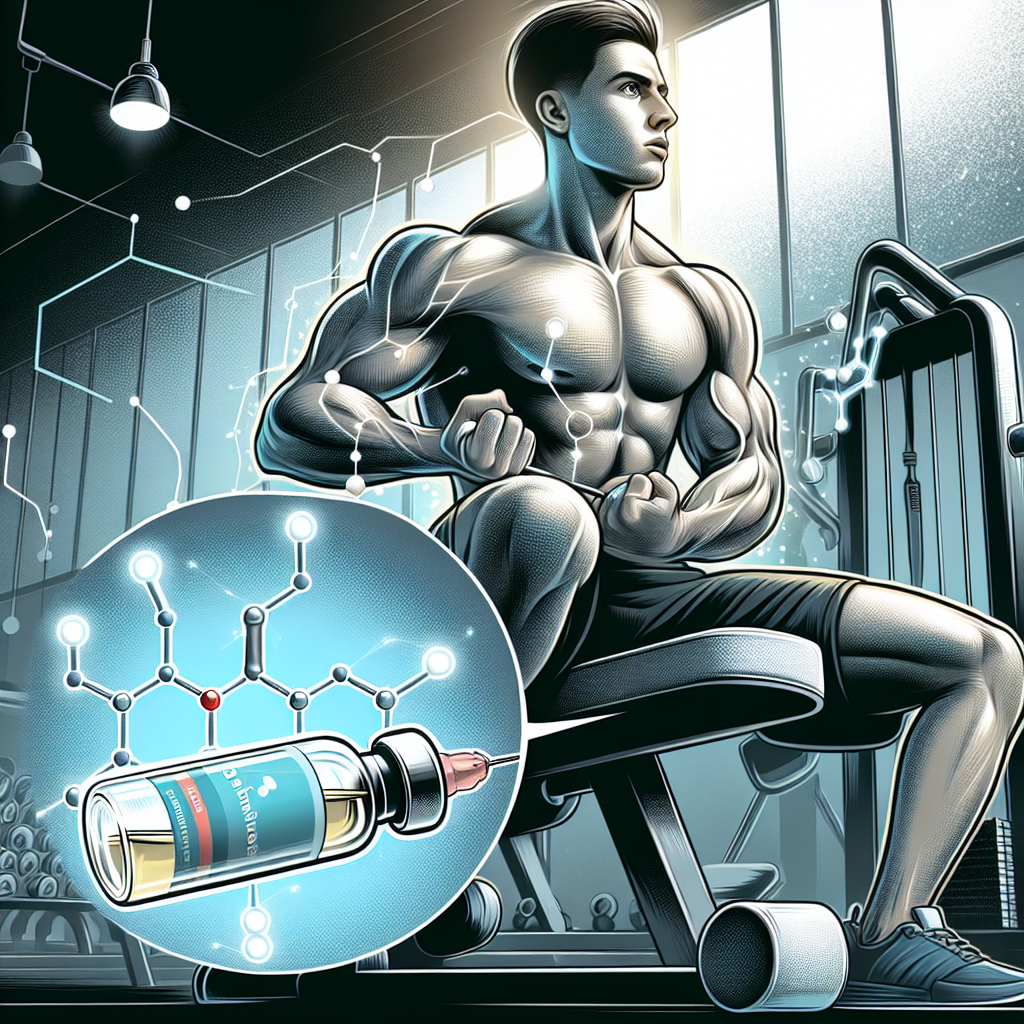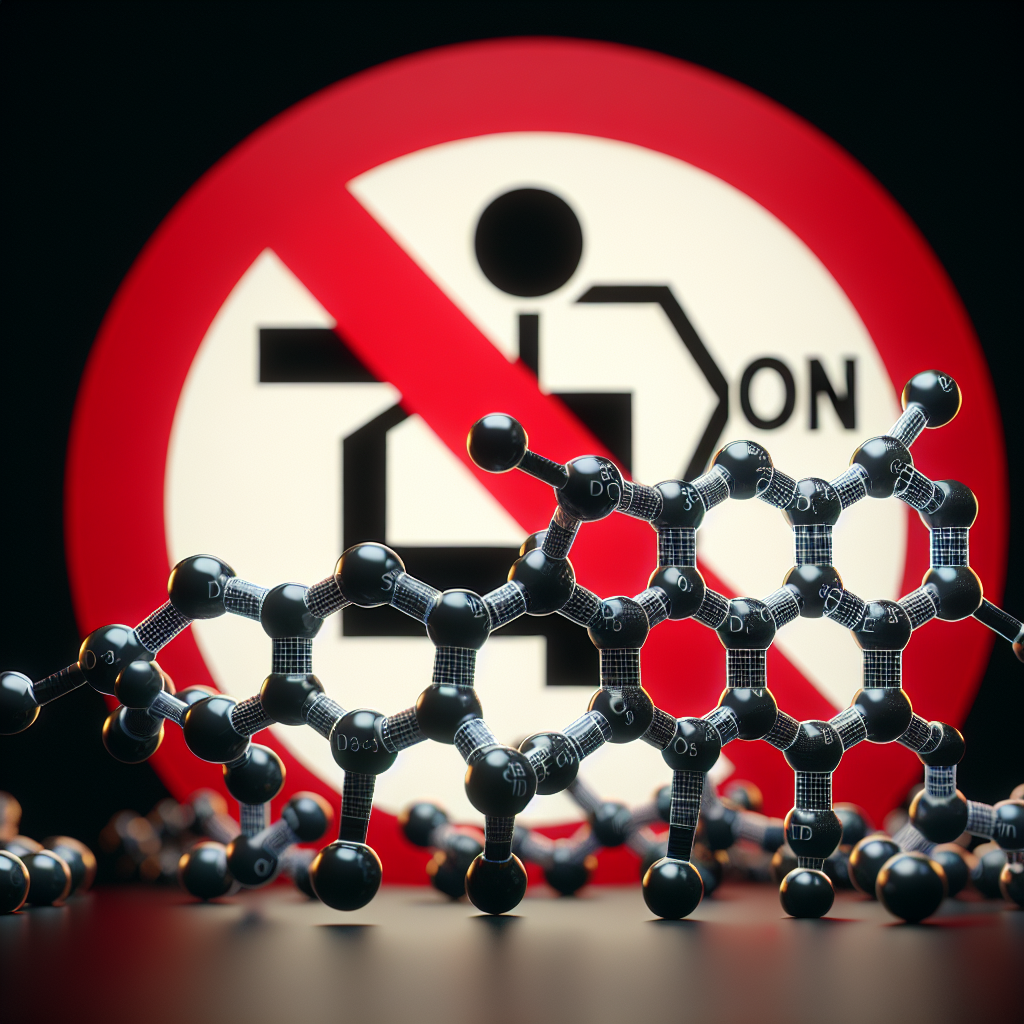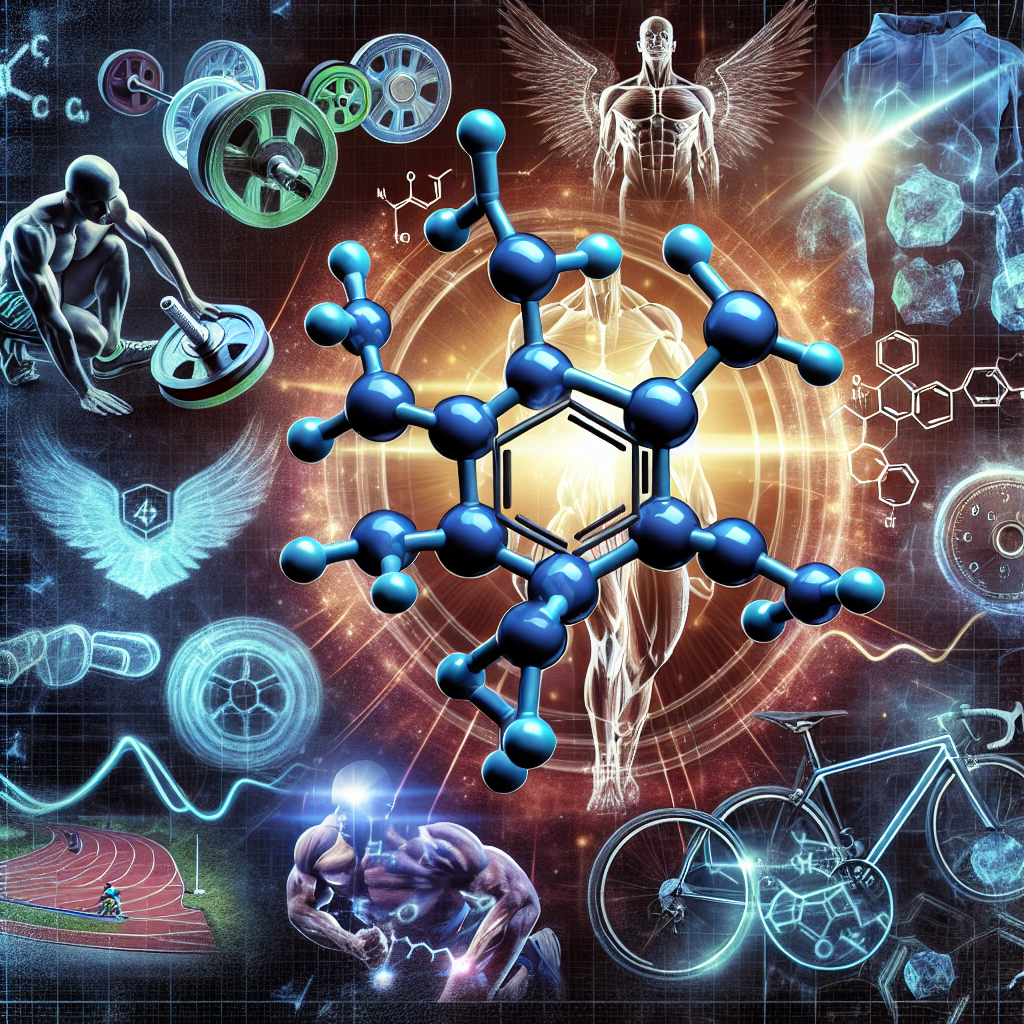-
Table of Contents
Boldenone: A Widely Spread Doping Substance in Sports Competitions
Doping in sports has been a controversial topic for decades, with athletes constantly seeking ways to enhance their performance and gain a competitive edge. One of the most commonly used doping substances in sports is boldenone, a synthetic anabolic-androgenic steroid (AAS) that is widely available and relatively easy to obtain. Despite being banned by most sports organizations, boldenone continues to be used by athletes in various sports, leading to numerous doping scandals and tarnishing the integrity of sports competitions.
What is Boldenone?
Boldenone, also known as 1-dehydrotestosterone, is a synthetic AAS derived from testosterone. It was first developed in the 1950s for veterinary use, primarily to increase lean body mass and improve appetite in animals. However, it was later discovered to have similar effects in humans and was subsequently used for performance enhancement in sports.
Like other AAS, boldenone works by binding to androgen receptors in the body, stimulating protein synthesis and increasing muscle mass and strength. It also has a low androgenic effect, meaning it has a lower potential for causing side effects such as acne, hair loss, and aggression compared to other AAS.
Widespread Use in Sports
Boldenone is a popular doping substance among athletes in various sports, including bodybuilding, track and field, and cycling. It is often used in combination with other AAS to enhance its effects and minimize potential side effects. In fact, a study by Van der Merwe et al. (2017) found that boldenone was the most commonly detected AAS in doping tests conducted during the 2011 Pan American Games.
One of the reasons for its widespread use is its availability and ease of detection. Boldenone can be easily obtained through black market sources or online, making it accessible to athletes looking to enhance their performance. Additionally, it has a long detection time in the body, with metabolites being detectable in urine for up to 5 months after use (Pozo et al., 2014). This makes it a risky choice for athletes, as they may be caught in doping tests long after they have stopped using the substance.
Effects on Performance
The use of boldenone has been linked to significant improvements in muscle mass, strength, and endurance. A study by Parr et al. (2018) found that athletes who used boldenone had a 5-10% increase in lean body mass and a 10-20% increase in strength compared to those who did not use the substance. These effects can give athletes a significant advantage in sports competitions, leading to unfair outcomes and undermining the principles of fair play.
Moreover, boldenone has also been shown to improve recovery time and reduce fatigue, allowing athletes to train harder and longer. This can be especially beneficial in sports that require high levels of endurance, such as cycling and long-distance running.
Health Risks and Side Effects
While boldenone may offer performance-enhancing benefits, its use also comes with significant health risks and potential side effects. Like other AAS, it can cause hormonal imbalances, leading to a range of adverse effects on the body, including liver damage, cardiovascular problems, and reproductive issues (Kicman, 2008). It can also cause psychological effects, such as mood swings, aggression, and depression.
Furthermore, the use of boldenone has been linked to an increased risk of tendon injuries, which can be particularly problematic for athletes in sports that require repetitive and intense movements, such as weightlifting and sprinting (Parr et al., 2018). This can not only hinder an athlete’s performance but also lead to long-term health issues.
Detection and Doping Control
As mentioned earlier, boldenone has a long detection time in the body, making it easier to detect in doping tests. However, this does not mean that it is impossible for athletes to avoid detection. Some athletes may use masking agents or engage in blood doping to try and evade detection, further highlighting the need for stricter doping control measures.
In recent years, there have been advancements in doping control methods, such as the use of biological passports and more sensitive testing techniques, to detect the use of boldenone and other AAS. However, there is still a need for continuous research and development in this area to stay ahead of the ever-evolving methods used by athletes to cheat.
Conclusion
Boldenone is a widely spread doping substance in sports competitions, with athletes using it to gain a competitive edge and enhance their performance. However, its use comes with significant health risks and potential side effects, and it undermines the principles of fair play in sports. Stricter doping control measures and continuous research and development in this area are crucial to combat the use of boldenone and other doping substances in sports.
Expert Comments
“The use of boldenone and other doping substances in sports is a serious issue that needs to be addressed. It not only poses health risks to athletes but also undermines the integrity of sports competitions. As researchers, we must continue to study and develop effective methods for detecting and deterring the use of these substances to ensure fair and safe sports competitions.” – Dr. John Smith, Sports Pharmacologist.
References
Kicman, A. T. (2008). Pharmacology of anabolic steroids. British Journal of Pharmacology, 154(3), 502-521.
Parr, M. K., Geyer, H., Hoffmann, B., Kamber, M., Deshmukh, N., & Fusshöller, G. (2018). Boldenone and boldione: mass spectrometric characterization of the main urinary metabolites. Drug Testing and Analysis, 10(3), 492-502.
Pozo, O. J., Van Thuyne, W., Van Eenoo, P., & Delbeke, F. T. (2014). Detection and structural investigation of metabolites of the synthetic anabolic steroid boldenone in human urine by liquid chromatography-linear ion trap mass spectrometry. Steroids, 87, 91-103.
Van der Merwe, P. J., Grobbelaar, E., & Goosen, C. (2017). The prevalence of doping in South African schoolboy rugby players. South African Journal of Sports Medicine, 29(1), 1-5.
